The week at a glance
- American Purple Gallinule in Co. Mayo
- Britain's first February Red-flanked Bluetail in Gloucestershire
- Another Ivory Gull — this time in Co. Kerry
- Pacific Diver still in Co. Tyrone
- American Coot still in Highland
There was more stormy weather this week, but equally more quality birds on offer. The rarest bird was a second-calendar-year American Purple Gallinule, which was found on Carne Golf Course, near Belmullet (Mayo) on 2nd. Unfortunately, as so often with this species, the bird was found recently dead — it's always a sobering thought to think that these birds have made the arduous transatlantic crossing, only to expire shortly after their arrival. That is, of course, assuming the Mayo bird was a recent arrival — but the discovery of another bird in similar condition in southern Iceland just a couple of days before the Belmullet bird perhaps suggests that they both arrived in the turbulent conditions we've endured of late.

American Purple Gallinule, Belmullet, Mayo (Photo: Dave Suddaby)
One of the biggest surprises of the week was the (re)appearance of a Sora at Lower Moors on St Mary's (Scilly) on 2nd. As it was in exactly the same place as one on 19th October 2013, there has to be a strong possibility that this is the same bird, lurking out of sight for nigh-on 90 days. It was seen again on 3rd, but not on 4th.

Sora, St Mary's, Isles of Scilly (Photo: Martin Goodey)
Back on the British mainland, a complete surprise came during the morning of Monday 3rd when John Barnett located a Red-flanked Bluetail — Britain's first true winter record — in the Shire Valley, to the north of Marshfield (Glos). Lingering until the end of the review period, this is a brilliant find in an unlikely corner of the country, and such a discovery will no doubt give much encouragement to inland patchers nationwide. With it being such a mild winter, who knows what else might be lurking out there.

Red-flanked Bluetail, Marshfield, Gloucestershire (Photo: Cliff Woodhead)

Red-flanked Bluetail, Marshfield, Gloucestershire (Photo: Jim Almond)
Arguably taking the most bizarre record of the week crown was a (presumed) Squacco Heron frequenting various private gardens in Hythe (Kent). First seen and photographed last week, it was reported as still present on 3rd. Some observers believe that neither Indian or Chinese Pond Heron can be ruled out, which may well put an interesting twist on the record. What makes the occurrence even more striking is that the town (or more specifically, the canal within the town) that the bird is frequenting has also hosted winter records of both Green and Night Heron in recent years!
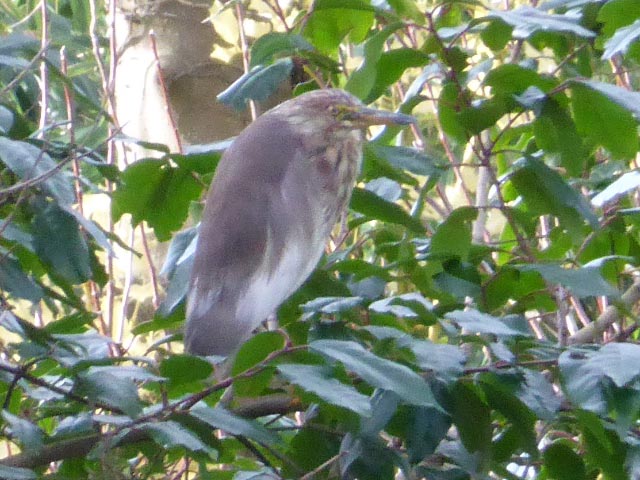
(Presumed) Squacco Heron, Hythe, Kent (Photo: Mike Dawson)
In Northern Ireland, the Pacific Diver was still on Lough Fea (Tyrone) until at least 2nd, despite flying off high to the south earlier in the week. The American Coot was altogether more predictable, being seen daily at Loch Flemington (Highland). The Pied-billed Grebe was seen again at Balranald, North Uist (Outer Hebrides) on 1st and Devon's White-billed Diver was back in Brixham harbour by 4th, no doubt due to the encroaching storm. Other 'banana bills' were seen off Rosehearty (Aberdeenshire) on 30th–1st and past Burghead (Moray/Nairn) on 2nd.
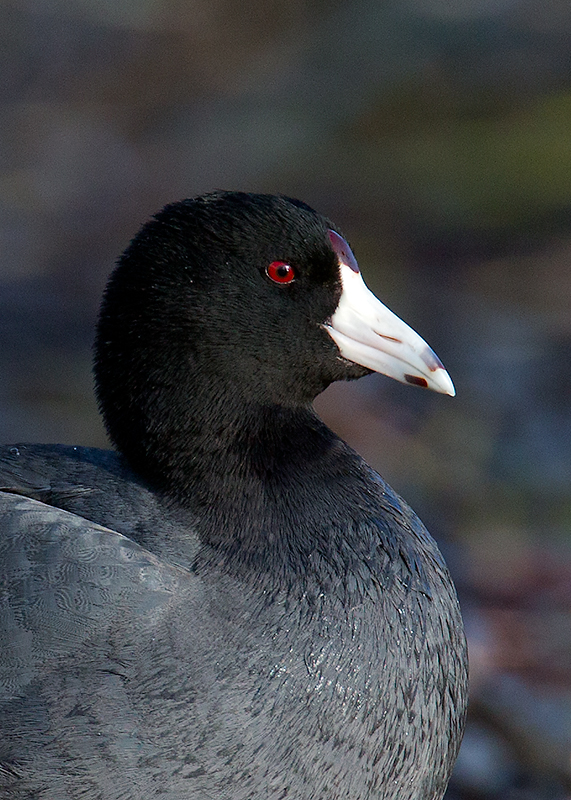
American Coot, Loch Flemington, Highland (Photo: Marcus Conway — ebirder)
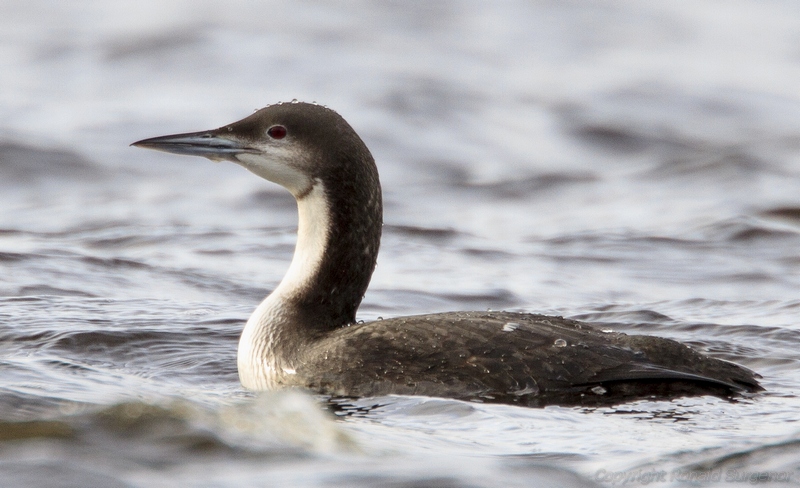
Pacific Diver, Lough Fea, Tyrone (Photo: Ronald Surgenor)
Ireland once again boasted a good crop of gulls, with yet another Ivory Gull discovered. this time at Cromane (Kerry) on 30th–31st: the first county record for 167 years, no less! A first-winter American Herring Gull was new in at Cobh (Cork) on 1st, with the Laughing Gull still not too far away at Ballycotton on 2nd and the Forster's Tern still at Elly Bay (Mayo) on 30th. This was in addition to a burgeoning crop of white-winged gulls, predominately in western areas and mostly Glaucous Gulls — sample counts included 15 around the Beara Peninsula in West Cork. For once, the fifteen Ring-billed Gulls were reasonably evenly split between Britain and Ireland; all but one of the British birds were adults at familiar sites, with a second-winter at Audenshaw Reservoirs (Gtr Man) on 2nd–3rd the notable exception. It goes without saying that the Bonaparte's Gull was still in the Dawlish area of Devon all week.
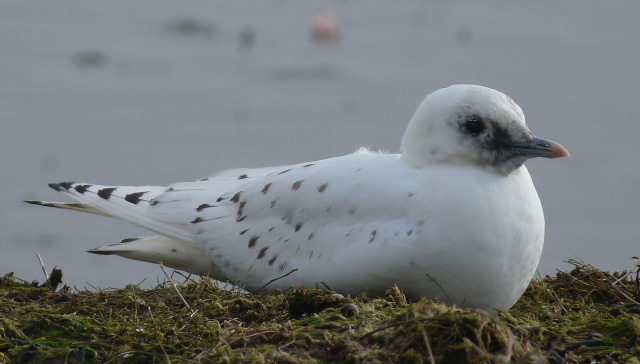
Ivory Gull, Cromane, Kerry (Photo: Davey)
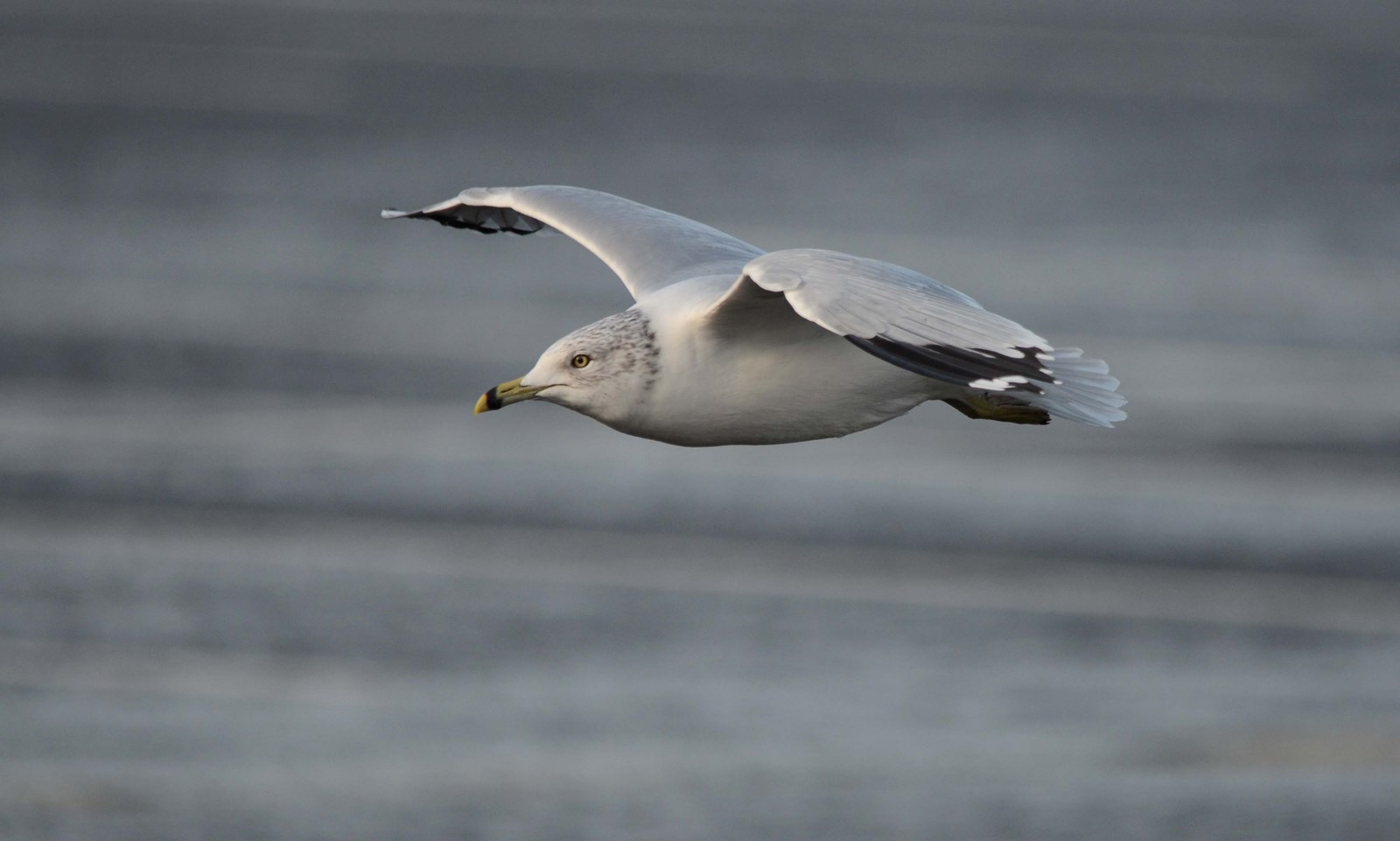
Ring-billed Gull, Portrush, Antrim (Photo: Christine Cassidy)
Two blue-morph Snow Geese continued to be seen around Braehead (Clyde) until at least 30th, with white morphs at Crieff (Perth/Kinross) on 3rd and still in the Rattray Head area of Aberdeenshire. Black Brants included at least three in Hampshire and others in Norfolk, East Yorkshire and County Kerry, while the Red-breasted Goose was still on Jersey.

Black Brant, Roa Island, Cumbria (Photo: Lou Cross)
Drake Lesser Scaup remained in Cornwall, Glamorgan, Staffordshire and Highland, with the female again at Loch Bee, South Uist. Seven Ring-necked Ducks included a female alongside the Lesser Scaup at Dozmary Pool (Cornwall) on 2nd and another again on North Uist from 1st — presumably this is last winter's bird returning. Drakes continued in Somerset, Ayrshire, Aberdeenshire, and Counties Armagh and Waterford. The drake Black Duck was seen again at Termoncarragh Lake (Mayo) on 30th, while a new drake American Wigeon was at Newport Wetlands (Gwent) from 3rd in addition to long stayers in Highland and County Armagh. Ten Green-winged Teal included a new drake in at Saltholme RSPB (Cleveland) on 4th. Meanwhile, an impressive four drake Surf Scoters were off Pensarn (Conwy) throughout the week, with others at Newcastle (Down) on 2nd, and still off Peninerine, South Uist and Brand's Bay (Dorset). Female King Eiders continued off Blacksod (Mayo) and Fidra (Lothian), with the drake again at Burghead (Moray/Nairn) on 29th.
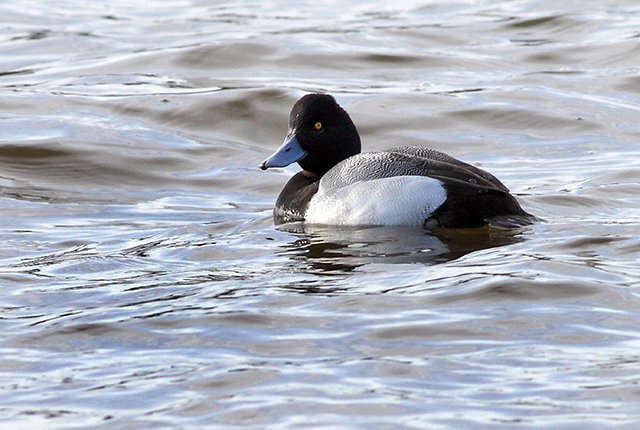
Lesser Scaup, Tittesworth Reservoir, Staffordshire (Photo: Steve Whiteley)
Cattle Egrets were still at Seafield (Waterford) and Calvert Lakes (Bucks) on 31st, with two again on Jersey. A number of Glossy Ibis included continuing birds as far north as Westray (Orkney) and County Antrim, while slightly reduced Great White Egret numbers included up to three still at Dungeness (Kent). In Hampshire, the Long-billed Dowitcher remained at Pennington Marshes to at least 3rd and the Lesser Yellowlegs remained at Lepe while, up in Northumberland, a Grey Phalarope continued to show off Stag Rocks, Bamburgh throughout the week.

Great White Egret, Dungeness RSPB, Kent (Photo: Brian Anderson)

Glossy Ibis, Derrymacash, Armagh (Photo: Ed O'Hara)
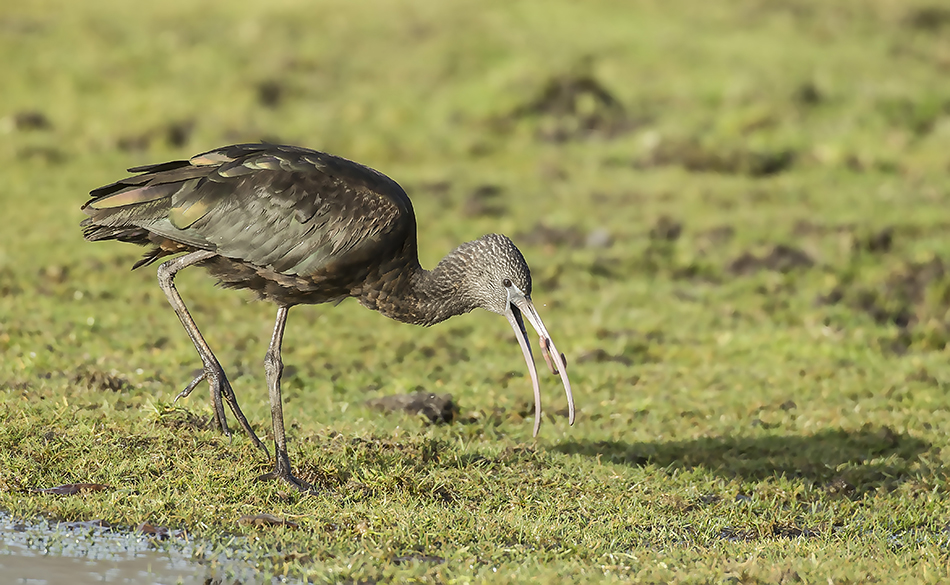
Glossy Ibis, Brownhills, West Midlands (Photo: Kath Everitt)
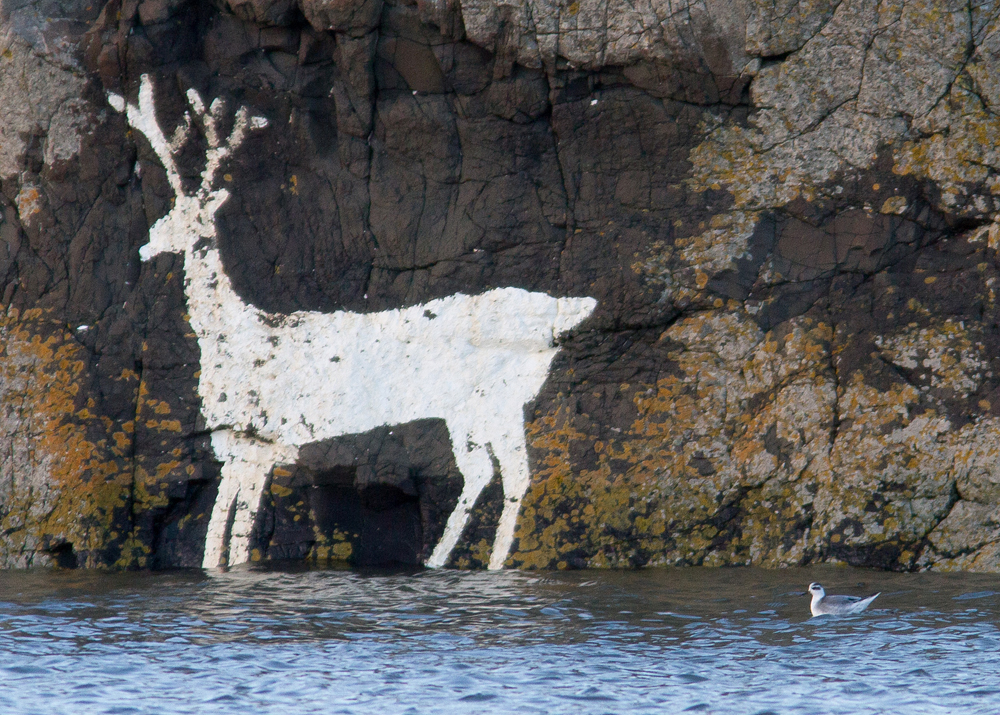
Grey Phalarope, Bamburgh, Northumberland (Photo: Gary Woodburn)
The Buff-bellied Pipit was last noted at Burton Marsh (Cheshire) on 30th, but Norfolk's Richard's Pipit reappeared again at Gramborough Hill from 1st. The Swallow continued to 'enjoy' the mild winter conditions at Newick sewage works (E Sussex). Hume's Leaf Warblers remained at Ham's Hall (Warks) all week and in Kent at both Ramsgate and Dungeness. Last week's Yellow-browed Warbler remained at Uffmoor Wood (Worcs) and the Somerset bird was still at Sutton Bingham Reservoir; two also continued at Torpoint sewage works (Cornwall). The Pallas's Warbler remained in Folkestone (Kent) to at least 2nd, while Lesser Whitethroats also hung on in Northumberland, Nottinghamshire, Derbyshire and on the Isle of Wight.
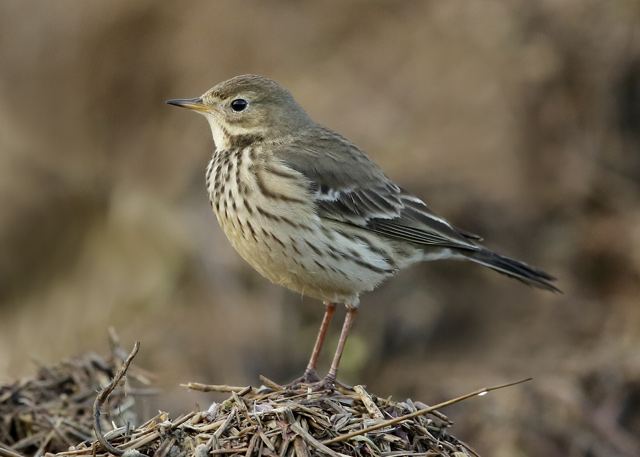
Buff-bellied Pipit, Burton Marsh, Cheshire (Photo: Iain H. Leach)

Hume's Leaf Warbler, Coleshill Parkway, Warwickshire (Photo: Dave Hutton)
The Rose-coloured Starling and Serin both continued on St Mary's (Scilly), while Two-barred Crossbills included sevens still in Forest of Dean (Glos) and at Broomhead Reservoir (S Yorks) as well as three still in Wyre Forest (Shropshire). Fourteen Parrot Crossbills were still in Nottinghamshire, while the Holt (Norfolk) flock also reached that total — the young male was also seen again in Hemsted Forest (Kent).
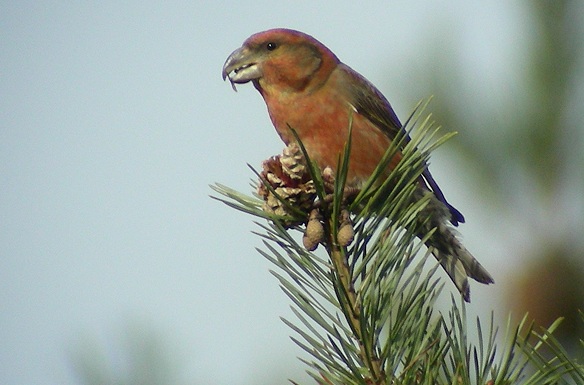
Parrot Crossbill, Budby, Nottinghamshire (Photo: Brian Stretch)
Photo of the Week
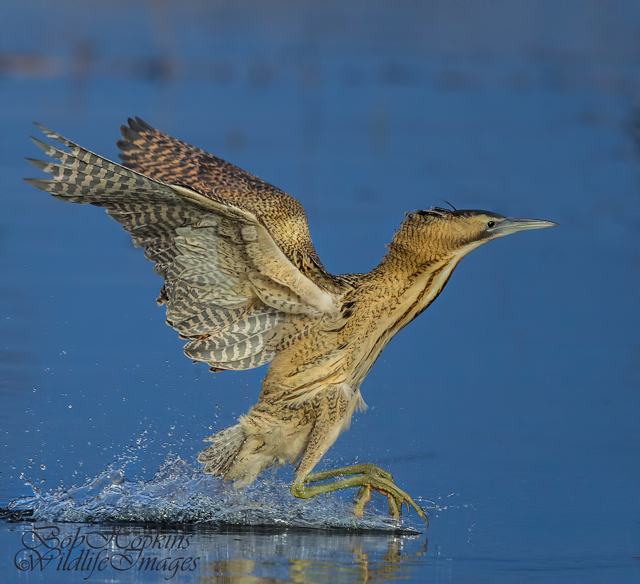
Bittern, Kenfig NNR, Glamorgan (Photo: Bob Hopkins)
Unlike most weeks, the choice of our Photo of the Week this week was a very easy task. Bittern images are always well received by our photo gallery viewers, partly because they are such great photographic subjects but also because people recognise the time and patience needed to photograph them. Eight of our Photos of the Week feature this species, making it the sixth most numerous PotW subject. With almost 2000 uploads of this species, we really thought we'd seen just about every likely variation but, this week, Bob Hopkins proved us wrong. A dynamic action shot of an alighting Bittern throwing up a wall of splashes from an otherwise calm lake really grabs the attention. The extreme pose and uniform sunlighting of the bird, isolated against a colour-contrasting blue backdrop, allows the strong shape of the subject to leap out of the image. Will we see any more great variations on the Bittern image? That's quite a challenge for our photo contributors!
Other notable images
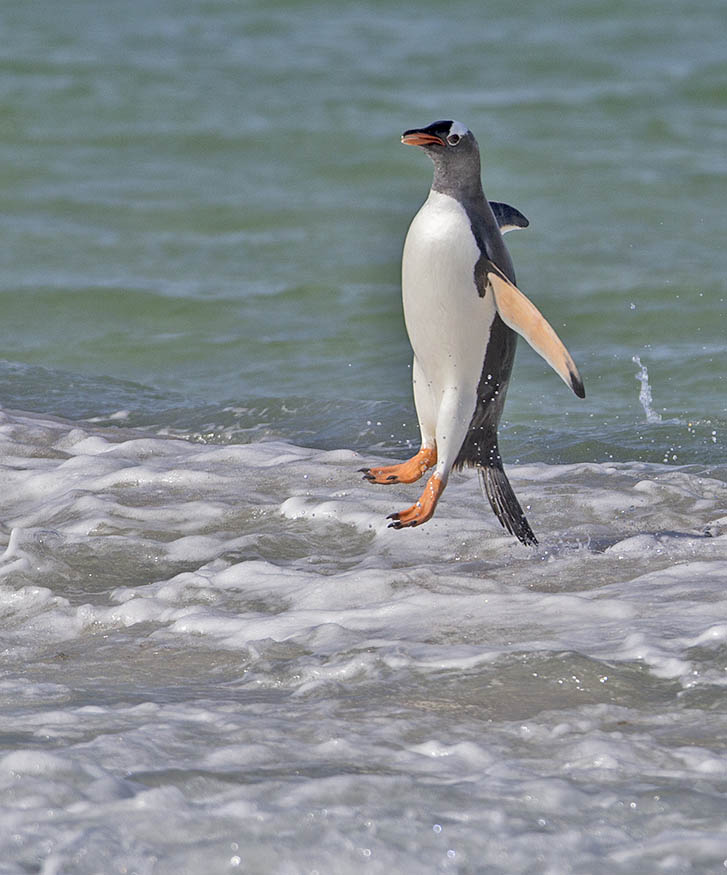
Gentoo Penguin, Falkland Islands (Photo: John Anderson)

Buzzard, Guardbridge, Fife (Photo: Aldis Ozols)

Southern Grey Shrike, Canary Islands (Photo: Mandy West)

Long-tailed Duck, undisclosed site, Moray & Nairn (Photo: Marcus Conway - ebirder)
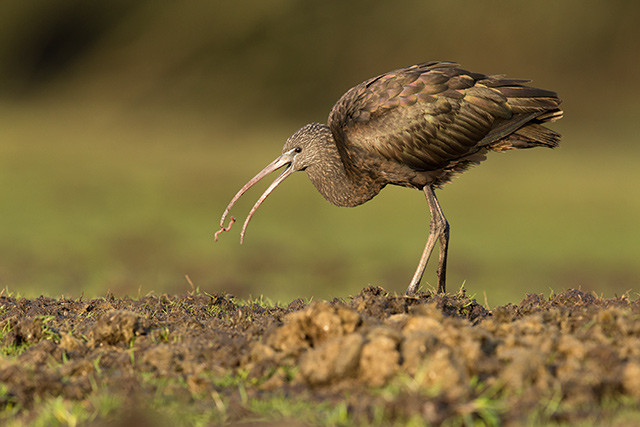
Glossy Ibis, Brownhills, West Midlands (Photo: Graham Munton)
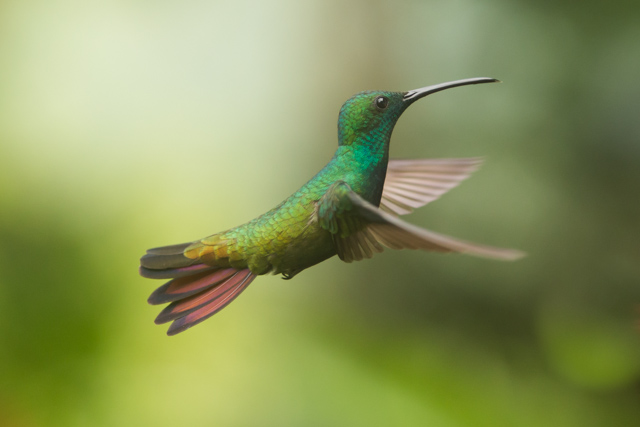
Black-throated Mango, Trinidad and Tobago (Photo: Ashley Grove)

Crossbill, West Stow CP, Suffolk (Photo: Carl Wright)
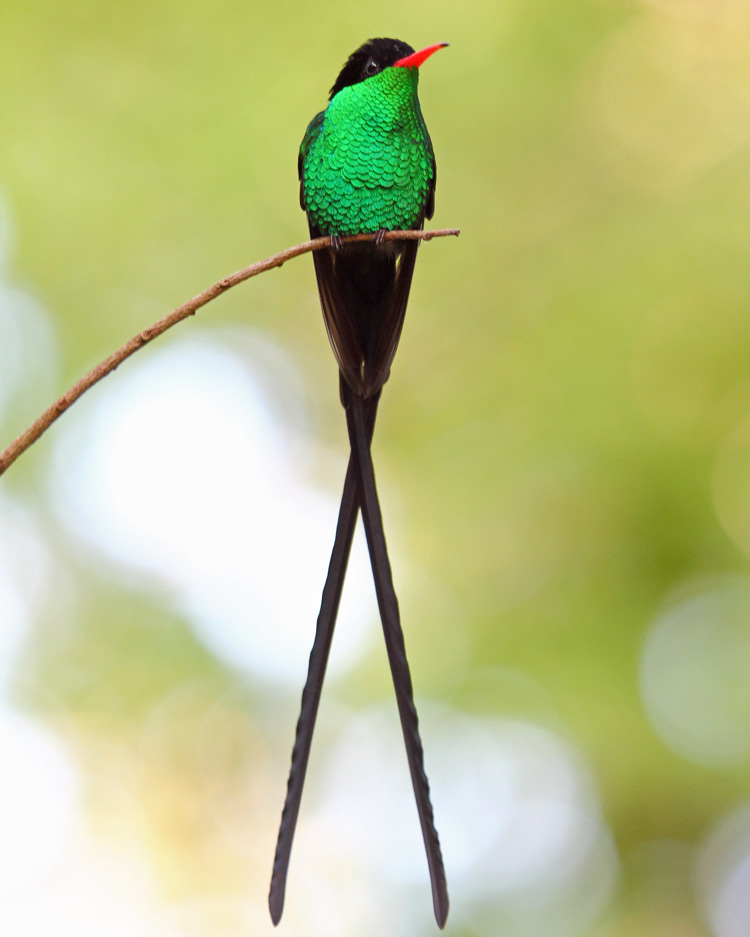
Red-billed Streamertail, Jamaica (Photo: Peter Nash)

Wren, Wayoh Reservoir, Lancashire (Photo: John Barlow)

Long-tailed Tit, Wigan, Greater Manchester (Photo: Roy)

Tawny Owl, Epping Forest, Essex (Photo: Ken Murray)


